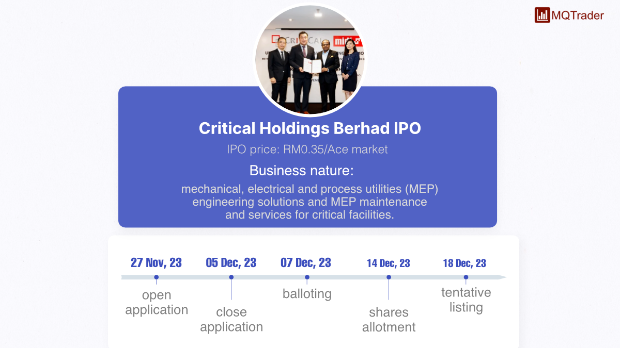By Jason Zweig | Jan. 25, 2017 11:28 a.m. ET
I wonder what happened to my “Dow 10000” hat.
A broker on the floor of the New York Stock Exchange gave me one of those commemorative baseball caps back in March 1999, as the Dow Jones Industrial Average closed above 10000 for the first time.
I used to wear that hat while I worked in my garden. But it got muddy, and I haven’t seen it for years. I must have lost it.
 As the Dow crosses 20000 for the first time—it opened above the mark Wednesday—that vanished hat is a reminder of an important message. In order to move forward, investors need to look back.
As the Dow crosses 20000 for the first time—it opened above the mark Wednesday—that vanished hat is a reminder of an important message. In order to move forward, investors need to look back.
After the Dow hit 10000 back in early 1999, it seesawed above and below that milestone 33 times until it finally clambered back above 10000 for good on Aug. 27, 2010, says Howard Silverblatt, senior analyst at S&P Dow Jones Indices.
Yes, investors earned dividends along the way. And, yes, the Dow peaked at more than 14000 in July 2007.
But to get from 10000 in 1999 back to the same level in 2010, you had to survive the fall to 6547.05 in March 2009. In a little over a year and a half, the Dow fell by more than half.
And that was after it fell 38% from January 2000 through October 2002.
Looking further back, the Dow didn’t surpass its closing highs of 1929 until late 1954, just over a quarter of a century later.
That doesn’t count dividends, but most investors didn’t reinvest them in those days. Even if they had, that barely would have lessened the ghastly losses that followed the Crash of 1929.
So you may have to wait an exasperatingly long time for the risks of owning stocks to pay off. Another lesson is more subtle: Financial history looks more predictable than it is — or was.
The market often moves in long, sweeping cycles, sailing higher for years, even decades, and then stagnating or falling for years on end.
Think of 1966-82, when stocks went nowhere. Then came 1982 to early 2000, one of the greatest bull markets on record. Or think of the wrenching years from 2000 through 2009, with two epic crashes, followed by 2009 to this year, when stocks have tripled.
Those major cycles seem almost absurdly obvious when you look back at any chart of historical performance. It feels as if a child should be able to see such moves coming.
But the market has always mapped its future trajectory in invisible ink. The clarity of past cycles is an illusion, a luxury of hindsight.
No wonder, then, that academics, analysts and investors have long sought forecasting tools that could identify when the stock market will have high or low returns for years on end.
If you had such tools and knew they would work, you could ride the stock market’s gains and dodge its losses.
In a new study on the history of financial markets from the CFA Institute Research Foundation, Antti Ilmanen, a principal at AQR Capital Management in Greenwich, Conn., summarizes the extensive research in that field.
The findings show that when dividend yields are below their long-term average, future stock returns also tend to be below average.
With dividend yields about 2.5% for the Dow and 2% for the S&P, not far from historic lows, and stocks trading at almost 29 times inflation-adjusted multiyear profits, or well above their long-term average of about 16, it seems prudent to expect tepid — maybe even putrid — returns for years to come.
Unfortunately, no one seems to be able to make precise, or even practical, forecasts using dividend yields or multiples of long-term earnings. Those indicators, writes Mr. Ilmanen, “give relatively coarse signals and too often recommend buying or selling too early in a cycle.”
Stocks began to seem overvalued by such measures about 1992, at the latest. With the exception of a few months in 2008 and 2009, they’ve been at least as expensive for almost the entire quarter-century since.
Exploiting such signals, according to Mr. Ilmanen, is “so difficult that most investors are better off resisting the temptation to try.”
Reaching a notional milestone like 20000 isn’t some magical sell signal or an indication that the Dow is doomed to drift or go down from here.
But the index’s own history should remind us all that the good times don’t roll forever. So Dow 20000 should make you cautious, not euphoric.
Owning stocks is a long-term undertaking that doesn’t just require patience. It also requires higher tolerance for pain and uncertainty than many investors may realize.
Source: The Wall Street Journal
http://www.wsj.com/articles/dow-20000-dont-be-euphoric-be-very-cautious-1485361685
Resources:
Chapter Five, “Confidence,” in Your Money and Your Brain
Financial Market History, monograph from CFA Institute
Data on cyclically-adjusted price/earnings ratios from Robert Shiller (opens as Excel file)
A History of Dow Milestones as Told by The Wall Street Journal
John C. Bogle, “The (Non) Lessons of History — and the (Real) Lessons of Return Sources and Investment Costs”
John C. Bogle and Michael W. Nolan, “Occam’s Razor Redux: Establishing Reasonable Expectations for Financial Market Returns“









.png)









